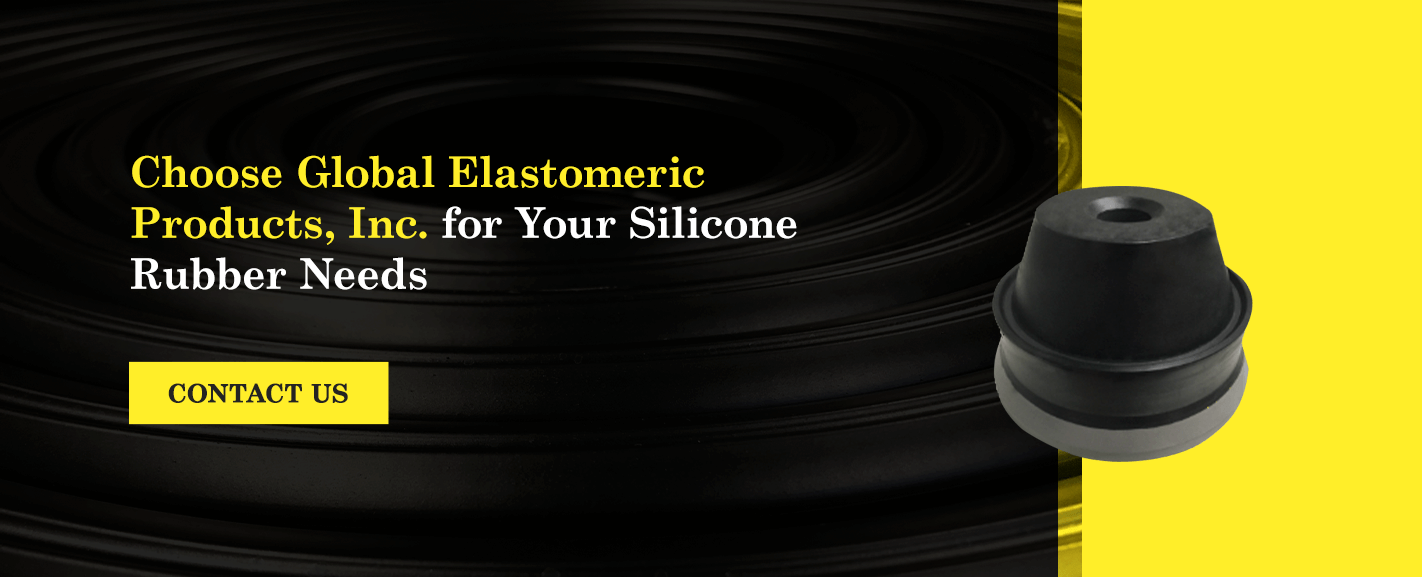How to Check Valve Stem Seals
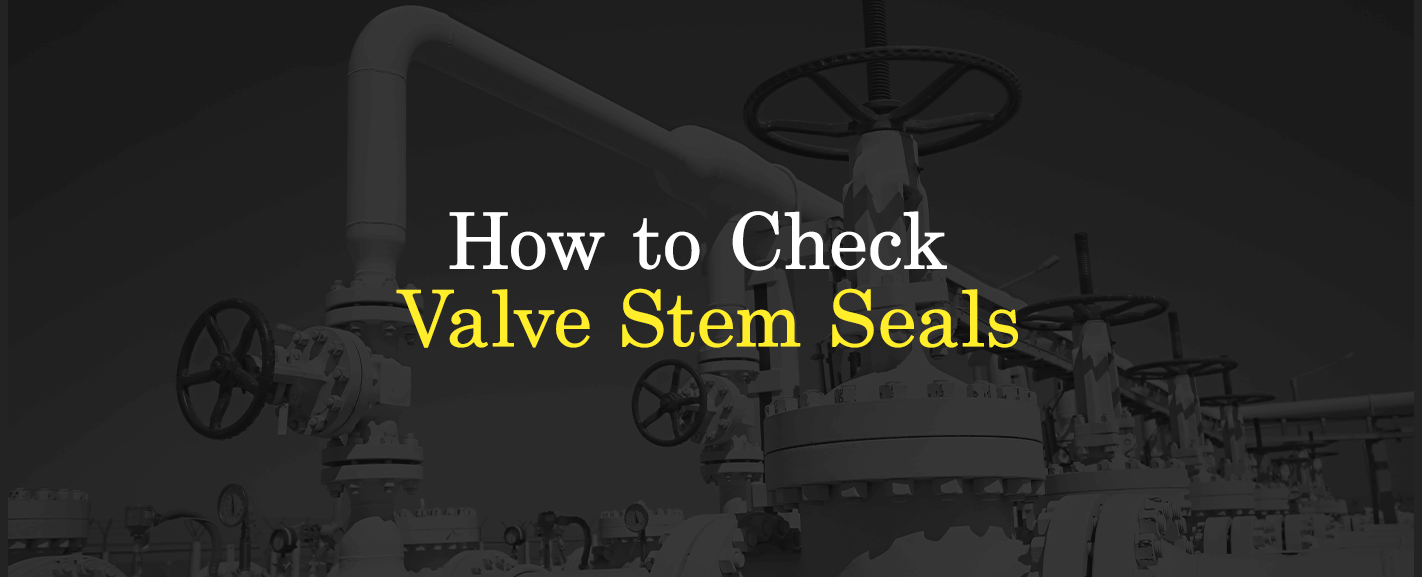
Valve seals precisely control the amount of oil entering the valve stem system, making them critical components in maintaining your engine’s compression levels. Having a valve stem seal that works correctly within any of your applications can save you time and money by eliminating the need for lengthy engine repairs and replacements. But how do you check for bad valve seals, and what signs should you be aware of?
No one wants to face valve issues because they indicate a severe problem within your machine’s engine. Here is where Global Elastomeric Products comes into play. Learn how to find faulty seals and what you can do to avoid these issues.
Table of Contents
- 6 Signs Your Valve Stem Seal Is Leaking
- Causes of Bad Valve Stem Seals
- How to Check If Your Valve Stem Seal Is Faulty
- How to Prevent Valve Stem Seal Leaks
- Customized Valve Stem Seals
6 Signs Your Valve Stem Seal Is Leaking
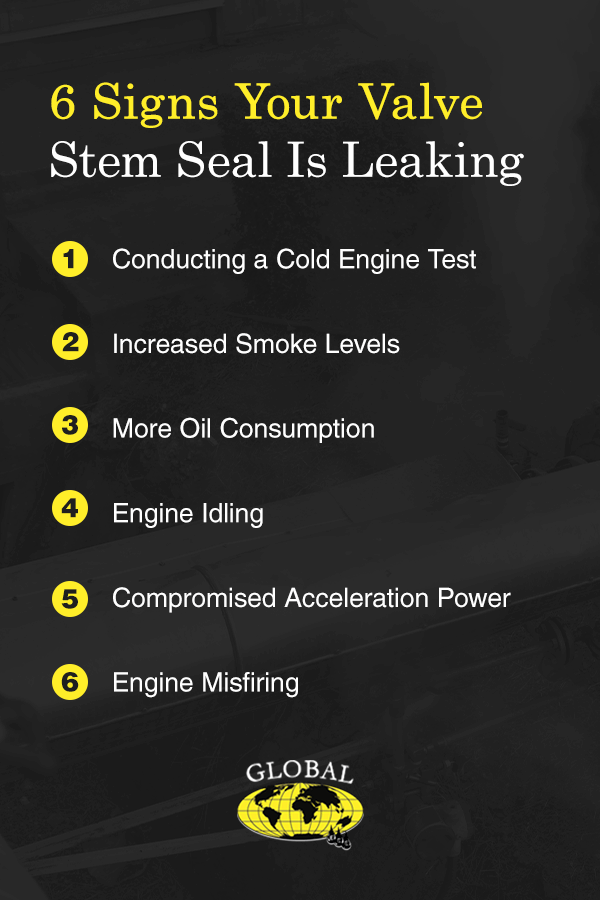
Valve stem seals control oil consumption and lubricant in an engine by allowing a specific amount of oil inside the valve stem as it moves. A controlled amount of oil is crucial in maintaining adequate lubrication. Otherwise, too little oil can cause various components to wear as parts rub together. However, excess oil can result in carbon buildup, which can lead to many issues, such as:
- Damaged valve seats
- Degraded catalytic converters
- Increased emissions
- Less efficiency
- More oil consumption
Essentially, valve stem seals prevent oil from entering the combustion chamber from the cylinder head. A damaged seal can cause engine oil flooding that will lead to engine failure.
This valve guide covers six ways to assess whether you have a faulty valve seal on your hands. These faulty valve tests include:
- 1. Cold engine test
- 2. High levels of smoke
- 3. High oil consumption
- 4. Idling
- 5. Less acceleration power
- 6. Misfiring
1. Conducting a Cold Engine Test
One of the best ways to tell if you have a faulty valve seal is to conduct a cold engine test. After your machine hasn’t run for a while — even overnight — the seal is now cool. Once you start the engine, the seal will contract. Damaged seals will leave a small gap. Leftover oil will then settle at the top of the valve cover head.
When you start the engine, you may also see blue-tinted smoke appear from the exhaust. If this happens, it means the residual oil is passing down through the damaged seal and into the combustion chamber. The bluish smoke, which is burned oil, signifies that the engine needs a new seal, even if it clears after several minutes of running the engine.
2. Increased Smoke Levels
Depending on the machines and equipment you use, smoke is often a common form of exhaust. However, when you start seeing it last longer than usual or appear a different color, you know a faulty seal may be the cause. The excessive smoke may also come in more consistent waves as the engine runs for long periods. Be aware of specific machine movements that cause more smoke than usual.
3. More Oil Consumption
If you notice you’re going through more oil than usual, it can be another indication of a bad seal. When oil leaks or burns at higher rates, the seal no longer controls the oil flow. Burning oil increases emissions and can contaminate the catalyst. Unburned fuel in the exhaust skyrockets the converter’s operating temperatures, which can cause the converter to overheat and create a blocked exhaust.
Make sure to check the engine’s oil level with a dipstick, and refer to your oil log to see if the fluid levels differ. You can make this part of your regular maintenance schedule. While oil leaks are often a clear warning of faulty valve seals, they may not always be visible, so don’t rely on this as a guaranteed warning because the oil could be burning off.
4. Engine Idling
Pay attention to your machines if they ever idle. When the engine is at rest, high vacuum levels can cause the oil to build around the heads of the valve system while the valve is closed. If the seal is faulty, you may once again see blue-tinted smoke when the engine begins to run. That means the oil is getting pulled past the seal and into the valve guide. Make sure to shut the engine down and remove it from operation until you can get it repaired.
5. Compromised Acceleration Power
Depending on the engines you use in the oilfield and agricultural industries, testing the engine’s compression can also help determine if your valve stem seals are deteriorating. If the machine has a higher compression level, you have a valve seal issue and you'll need replacements. On the other hand, a lower level may designate a piston ring malfunction. It's also important to be aware of bad piston ring symptoms.
6. Engine Misfiring
An engine with broken seals can cause oil to build on the electrodes of the engine’s spark plugs. As a result, plug fouling can occur, which is an accumulation of carbon deposits that can cause engine misfires. As carbon buildup increases, so does compression, leading to engine damage from faulty detonation or even issues with pre-ignition.
Knowing these six signs of valve stem seal failure can help you mitigate the issue before problems like oil leaks and high compression levels begin. The sooner you notice different-colored smoke, an increase in oil usage, misfiring engine startups and idle noises, the faster you can make the necessary seal repairs. In return, your operations will remain efficient, productive and safe.
Causes of Bad Valve Stem Seals
The main causes of a deteriorated seal come from faults within the seal itself and improper installation. Even though valves consist of high-strength rubber, they can break, crack or wear down. Seals could even be missing from a botched installation. Any of these faults in the seal will cause oil to reach the engine’s cylinders.
As valve stem seals begin to fail, carbon buildup forms, which also affects other engine components like the valve seat and guide — which is why quick repairs are critical.
In some cases, there still may be excellent compression. However, if high oil consumption is present, it will then cause higher operating temperatures that can lead to broken or cracked seals. Seal problems can also form from an improper clearance between the valve and valve guide. When it’s loose within the cylinder head, it can move laterally, wearing out the valve.
The best thing you and your crew can do is refer to your preventive maintenance schedule for each piece of equipment in your fleet and complete regular safety checks.
Daily or weekly inspections will help you find leaks and problems before they become more severe.
It’s also essential to invest in top-quality valve seal solutions that are free of defaults. Partnering with a company that guarantees seal products with no defaults places you ahead of the competition, giving you a competitive advantage.
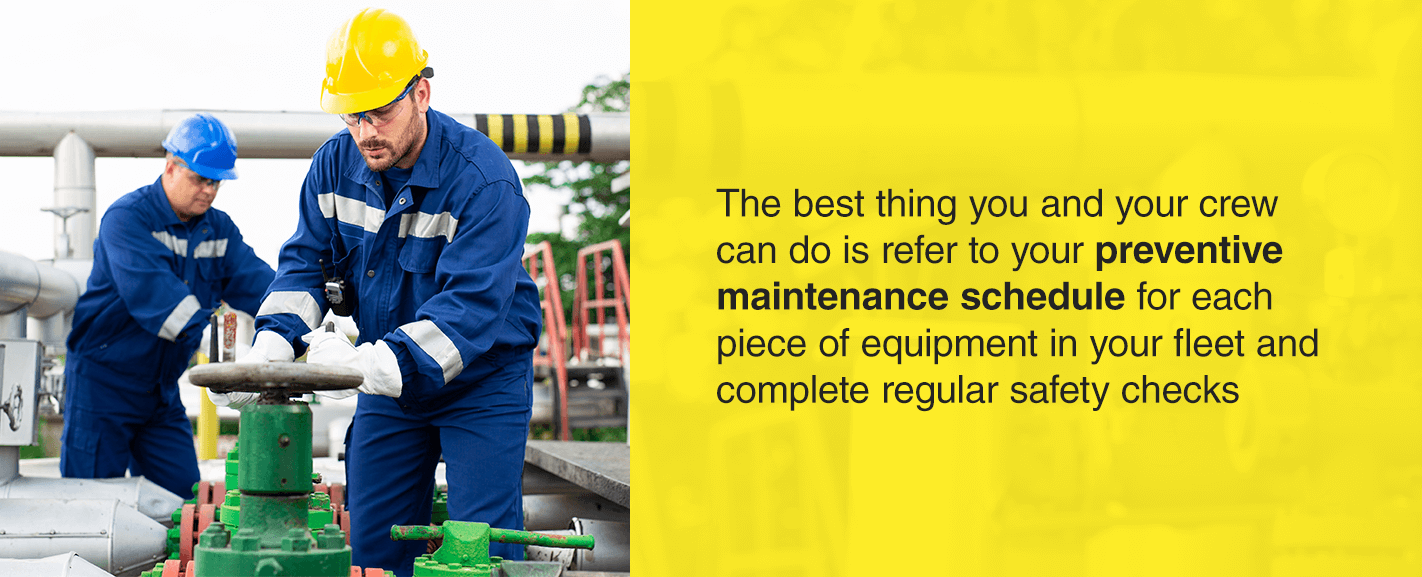
How to Check If Your Valve Stem Seal Is Faulty
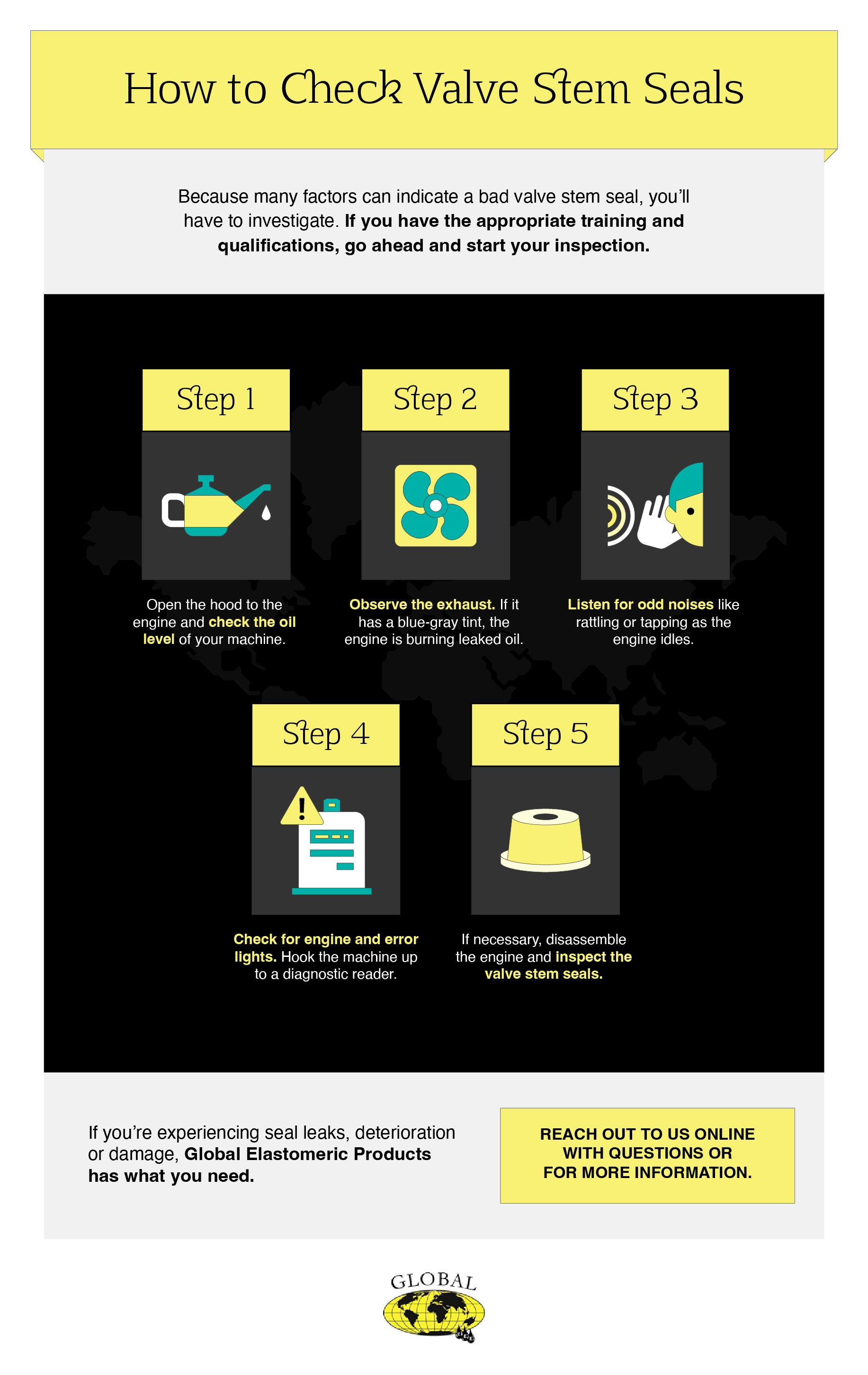
Because many factors can indicate a bad valve stem seal, you’ll have to investigate and not always rely on the various signs. If you have the appropriate training and qualifications, go ahead and start your inspection. Otherwise, rely on the experts for guidance.
Step 1
Open the hood to the engine and check the oil level of your machine using a dipstick. Is it significantly lower compared to other times after a similar amount of usage? You can also check to see if there is any excess clearance between the valve stem and guide. Leaks are an obvious sign the valve stem seal has issues — but these aren't always present, even when the seal is failing.
Step 2
Start the engine and observe the exhaust. Is there a lot of smoke coming out of the pipe, and does it have a blue-gray tint? If so, the engine is burning leaked oil — which is why you may not see any leaks under the hood.
Step 3
Listen for odd noises like rattling or tapping as the engine idles. Any unusual sounds can indicate problematic valves.
Step 4
Check for engine and error lights that can indicate a problem. You can hook the machine up to a diagnostic reader to scan for different error codes. For example, valve seal and valve guide issues will read as specific codes, so reference the owner’s manual for assistance.
Step 5
If worse comes to worst, you will need to disassemble the engine and inspect the valve stem seals and other components. Relying on the professionals for this step may be best to ensure more parts do not get damaged throughout the process. You or the expert should look for dented, cracked, broken or deteriorated valve seals.
Valve stem seals' replacement costs are affordable in the long run because new seals prevent more catastrophic engine damage.
How to Prevent Valve Stem Seal Leaks
If oil is leaking from your engine, you’ll want to find a temporary, stopgap solution until you identify the issue and make repairs. For example, you can use an oil stop-leak additive in the oil filler, just like you would with regular engine oil. The additive will give the valve seals a quick fix by causing them to expand, creating a rapid extension of life.
You can also add high-mileage oil with seal conditioners that can slow or stop oil leaks. This type of oil keeps the seals pliable to help prevent corrosion.
Once you make a short-term fix, it’s crucial to start on repairs or replacements right away. Prolonged valve failure can affect the entire engine and hydraulics system, costing you expensive repairs or replacements in the future.
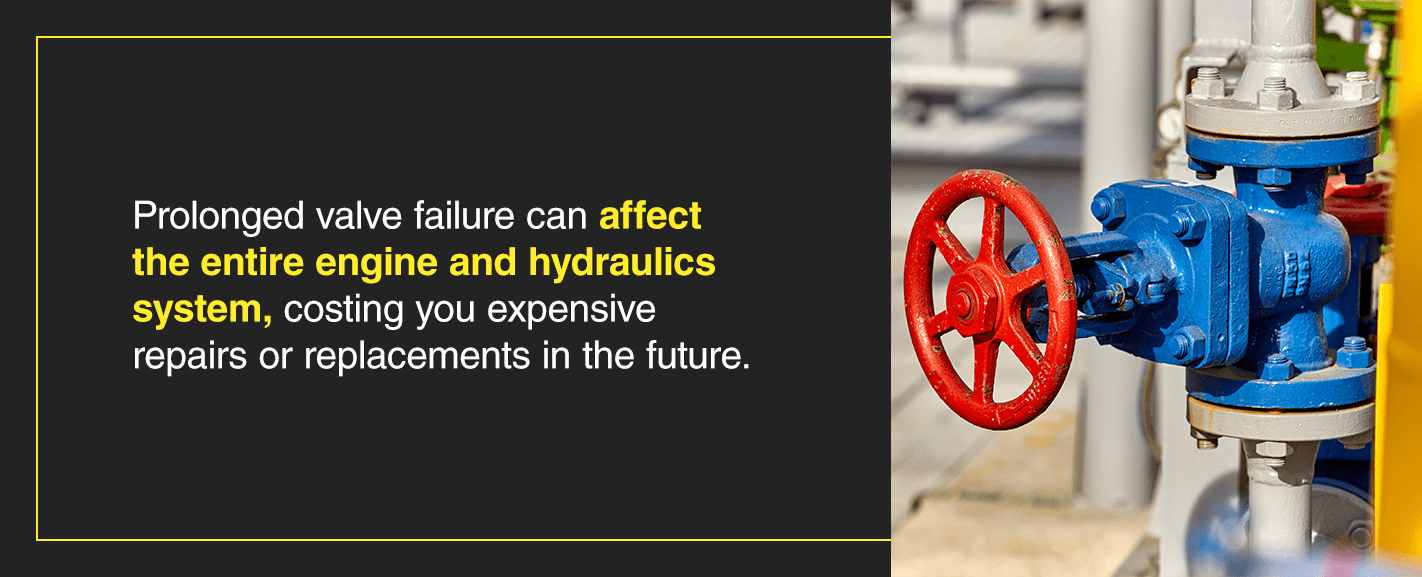
Failed parts can also affect your workers' safety and well-being. Your machine may begin to operate hazardously with a jolt of power or faster/slower movements than usual.
Once you’ve taken the correct preventive measures, replace the leaking seals using the following steps:
- 1. Remove the seal cover.
- 2. Get rid of any buildup.
- 3. Place sealer on both sides, unless it’s rubber.
- 4. Position the new seals.
- 5. Place the cover back on.
- 6. Tighten bolts.
Fast valve stem seal replacements are just as essential as choosing a manufacturer that knows the vitality of a well-designed valve stem seal. Look for custom solutions that can fit your specific requirements if your machines are unique to your industry or operations.
You will want to invest in top-tier solutions that are free of defaults. For example, Global Elastomeric Products has an inventory of rubber seals that provide an elastomeric seal for your engines. We focus our valve seal portfolio on durable, temperature- and chemical-resistant solutions. We can also manufacture any customized rubber compound to fit your unique needs.
Our packer elements and valve seals include:
- Arrow
- Baker
- Baker/Brown
- Guiberson
Quality means everything when you’re trying to meet your oil or agricultural industry quotas, including valve seals. Your business needs to rely on elastomeric products that produce defect-free replacement parts just as much as you count on efficient employees on your rig. If you neglect quality, you can put your operations and workers at risk of breakdowns and injuries.
Customized Valve Stem Seals
Functional valve stem seals are crucial in keeping your operations efficient. Whether you work in the agricultural, oil or another industry, your machines drive daily operations. If you’re experiencing seal leaks, deterioration or damage, Global Elastomeric Products has what you need.
We guarantee our standard and custom in-house seal designs will be free of defects. Our experts design, manufacture and distribute our valve seal product lines while keeping your specifications at the forefront of each customization. We can generate product designs and engineer seals for any oil field or agricultural application. Global Elastomeric Products is the solution to your leaking and damaged seals.
Reach out to us online with questions or for more information about our solutions. You can also request a free quote by calling us at 661-831-5380 to help you better understand our valve stem seal products.





